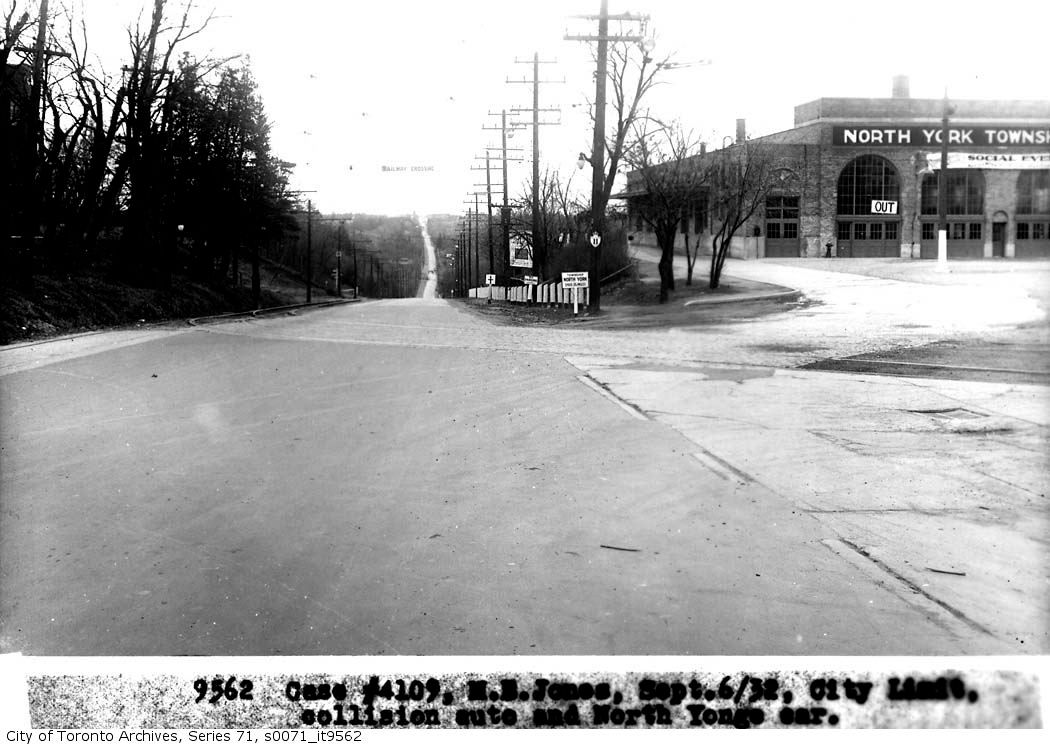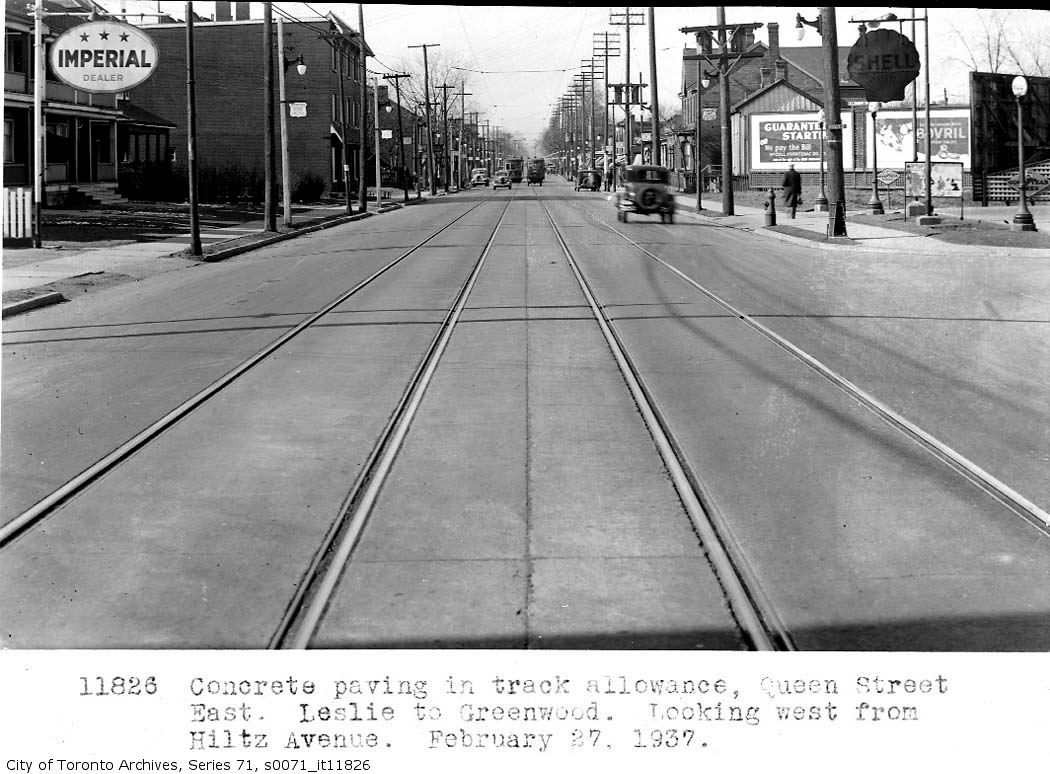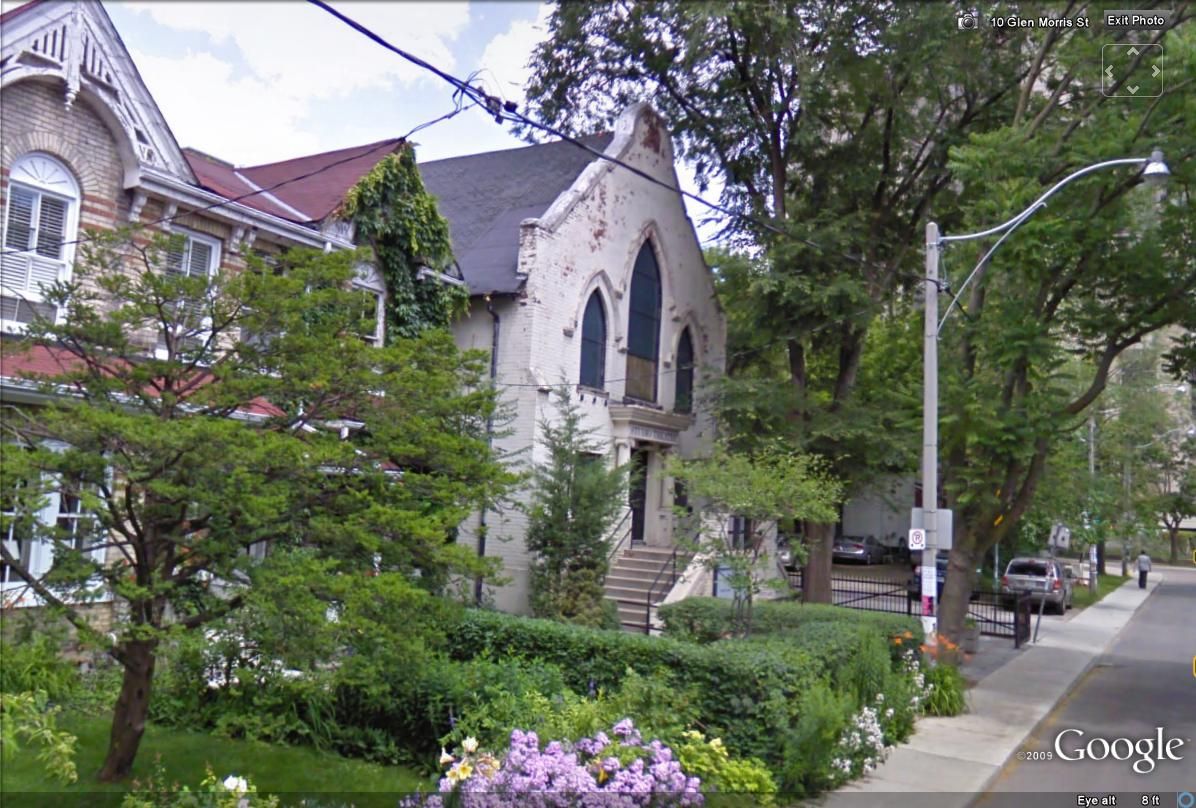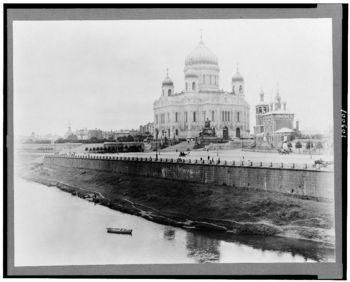Anna
Active Member
I don't know when the land was severed. My guess is 1970-something, the Lastman era, perhaps, once plans for downtown North York were hatching, but the severed land wasn't fully developed until 2005 when the Transamerica/Aegon/Cadbury tower was finished. I don't know what buildings, if any, were on the site before the theatre/civic centre was built, but air photos from the 70s would answer that quickly.
The Township of North York Municipal Offices (1956-1978) were at 5000 Yonge, which was south of the Cemetery driveway, while the Gladys Allison library building (1959-1986) at 5126 Yonge and the pool were north of the driveway (according to my 1979 map).















